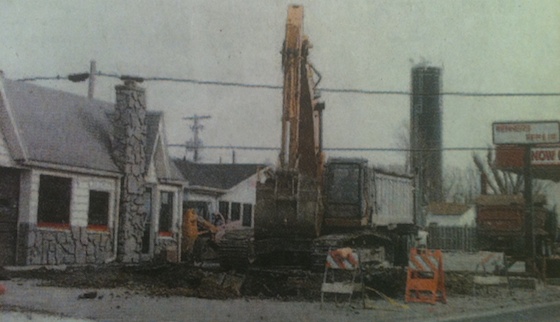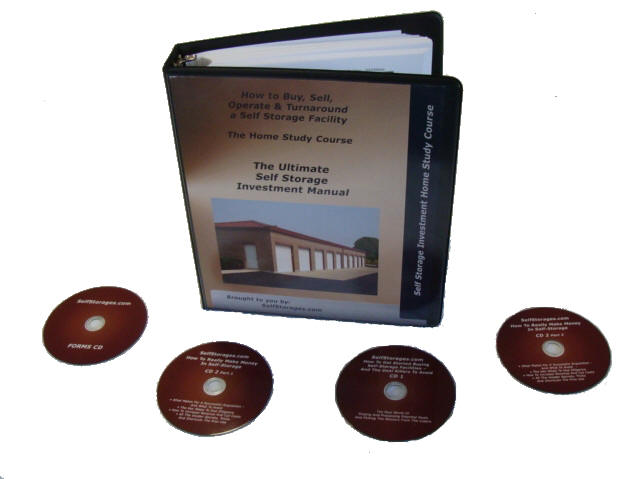This is a photo of a property in southern Illinois. It looks charming enough. It has a couple quaint stone buildings and is on the main drag in town. However, it also hides a dark secret. It was formerly a gas station, and has environmental pollution. If you owned this property, you might be on the hook for hundreds of thousands – or millions – of dollars in clean-up costs. So how can you hedge liability in this lawsuit friendly world concerning environmental contaminants?
A Phase I Environmental Report is key
To safeguard your investment in real estate in the U.S., it is mandatory that you obtain a Phase I Environmental Report. This report, prepared by a licensed and insured environmental engineer, inspects the property and the surrounding areas, including past uses and known contaminated areas, and gives the property either an “all clear” or “potential danger” conclusion. If the property is perceived to have contamination risk, then it will be moved into a Phase II report to determine how bad the contamination is and, if it is found to be polluted, then a Phase III to verify the best way to remove the pollution and its cost. Bear in mind that the cost to remediate environmental pollution can run into the millions of dollars. This postcard of the Potosi lead mine – which resembles a mountain – is a “superfund” site, which is estimated to cost as much as $1 billion to remediate (it took 100 years of railcar loads of lead ore to build it, courtesy of the St. Joe Pencil Company). If you bought this piece of land, without a Phase I, you would be personally responsible for that clean-up bill.

Notice signs of prior use
Even though a Phase I is absolutely mandatory, you can get an early indication of your danger through acknowledging what the property has been used for in the past. The two immediate signs of danger through prior use are gas stations and dry cleaners, but anything that has to do with solvents or petroleum products is a risk, such as a paint company. Even raw land can be a threat, if it was used for dumping. There are few problems as severe as having a property labelled a “landfill”, and that condition can render a property unusable for decades.
Never be stupid regardless of what the seller offers you
It’s important to remember that the liability from pollution is so great that it outweighs the benefits to any property offering. If a seller offers you a “sweet deal” if you can close quickly, and you don’t have time to do a Phase I, then don’t buy it. You may think that you are going to make $100,000 off the deal, but you might get hit with an environmental clean-up bill of $1,000,000 instead. Just promise yourself that you will never, ever, buy a property without a Phase I, and you’ll be fine.
It’s not clean until it’s clean
Equally as stupid as buying a property without a Phase I, is buying a property that has failed the Phase I, and has not been environmentally remediated yet. There was a shopping center buyer that we know, that purchased a retail property that had been contaminated by dry cleaning fluid from a tenant who had a cleaning business. The property had a Phase II and Phase III completed, and the estimated cost to remove the contaminated soil (under the building) was $500,000. Ten years later, the property had still not passed inspection, despite $1,000,000 in money expended. As a result, the property could not be sold or refinanced, nor could the dry cleaner space be re-rented. Don’t let that be you. If a property is contaminated, you simply cannot buy it until it is 100% clean and approved.
Conclusion
Environmental contamination is a major – and extremely costly – concern in American real estate. If you are looking at buying a self-storage property, you should not even consider it until you have completed a Phase I Environmental Report, and passed with flying colors. You simply cannot afford the potential risk of environmental remediation and, thanks to the Phase I, you don’t have to.



